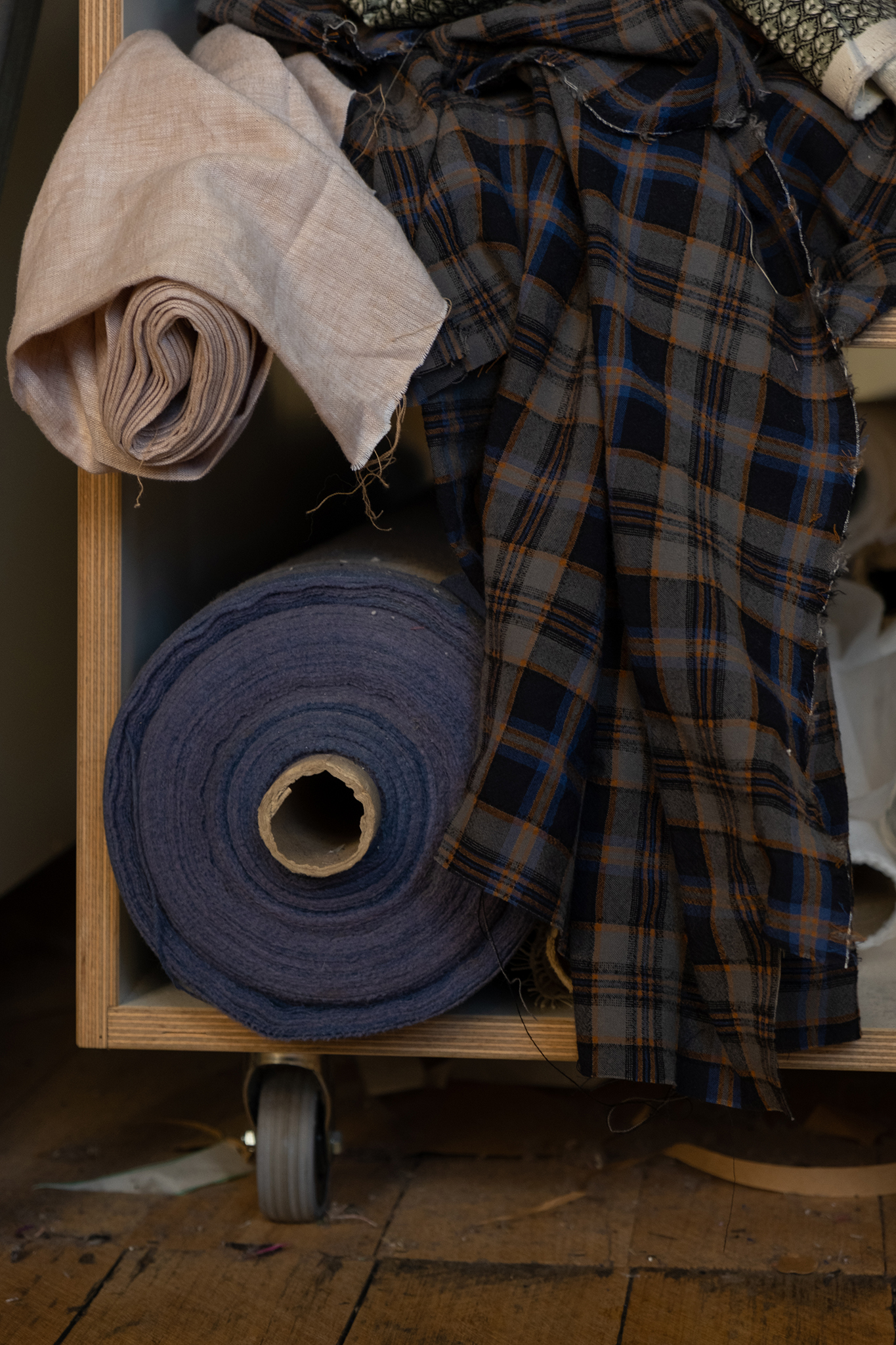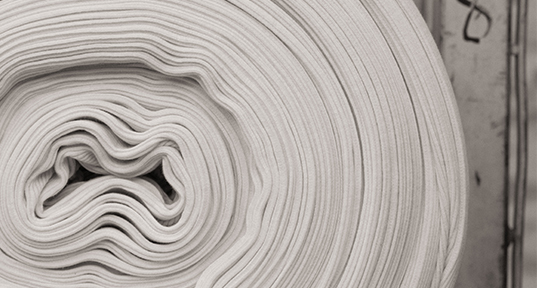With all the greenwashing around, what constitutes an actually “sustainable” fabric?
By now you might know that all fabrics have impacts (for example cotton can use a lot of water, polyester sheds micro plastics when washed and viscose contributes to deforestation). Sustainability certifications that actually mean something are inaccessible to a lot of small brands due to high MOQs and even when you can find a certified fabric, who’s to say the certification isn’t forged or fake? So how do designers and makers choose the best, most sustainable fabric?
Spoiler alert. The is no such thing as the most sustainable fibre. We just don’t have enough information about a fibre type alone to tell us how sustainable an end product will be. Actually, from a global and holistic view, fibre and material diversity is a really important aspect in making fashion more sustainable overall. What becomes imperative is how we put materials together (the bill of materials, if you will), assessing whether the fibre and material structure combination is fit for purpose and of course, lifecycle planning.
So how do small businesses source the most sustainable fabric for a design? Here are 5 steps for choosing the most sustainable fabrics for your projects and how to design for circularity in the world of fashion, apparel and interiors.
5 steps to choosing the most sustainable fabrics
- Forget the perfect fibre – it doesn’t exist
Every fibre and fabrication has an impact. None are perfect, despite the best certifications, carbon offsetting and even traceability efforts. Even when you can get your hands on preferred fibres on the market, research is showing that the greater impacts are being had in the use phase when a garment is kept in use for the longest possible time. This means as designers, we have a responsibility to design and think differently for the whole lifecycle, and to choose the best materials fit for the product purpose. - Think about the use phase first
What will the design be used for? Is it a formal item that will get minimal wear? Is it an everyday item like a t-shirt or cushion cover? Perhaps it’s something that needs a lot of washing, like activewear or undergarments. Knowing the purpose of your project will go a long way in helping you choose an ideal sustainable fabric. Once you know what you need out of your final product, get in touch with our team with your requirements and we’ll help curate a list of the best surplus fabrics for you to choose from while considering your MOQs and pricing needs. - Test and prototype
Creating a sample is one of the best ways to see the impact of a material choice first hand. Making your product and getting someone to wear test (if applicable) and wash test it will help you decide if it’s the right material for your design idea. Consider your target market/user/wearer and how they will use and interact with your item, for example, will it be rented or owned? How many wears or users is likely? Where are the pressure points in the garment and how can you design seams and finishes to be more durable? What information should be communicated to the customer about how to care for it? Use the answers to these questions to inform the use phase of your lifecycle planning and if you need help with this, you can always reach out for an individual and customised circular design consultation. - Choose your materials
Lean on the natural properties of different materials. Cotton is breathable and cooling, wool wicks away moisture, linen and hemp protect from the sun, twill weaves are less prone to crinkling and rib knits will sit flatter and smoother than jersey when stretched over the body, polyester and nylon can outperform every other fibre when it comes to strength and durability in outdoor gear. There are so many things a fabric can tell you about its suitability for purpose simply by knowing its fibre and material structure. Sometimes you can’t find exactly what you’re looking for, but another fabric comes pretty close. For example, you might not normally commission a viscose/nylon jersey but you find it on Circular Sourcing and the colour, drape and quality are perfect for your design! Don’t be afraid to tap into all kinds of deadstock fabrics, leaning on the fibre AND material properties to get what you need. Remember, reuse is the the best use! - Collect data
Never set and forget. We recommend using learnings about the products you send out into the world by adding Resale and Repair into your offering. Not only does this generate more revenue streams for your business, but you are able to collect data on the quality, longevity and usage of your products. This is invaluable. You also don’t have to do it all yourself! There are partners who can help for very reasonable prices. RNTR offer not only rentals but brand integrated resale, repair and even recycling! Take what you know about these items as they move through the circular economy to refine, improve and grow your brand’s unique offering to your customer base.
Enjoying our articles? Sign up to our newsletter (bottom of the page) to stay in the loop! Or follow us on instagram and tiktok for more tips and tools!
Courtney + the C.S team


